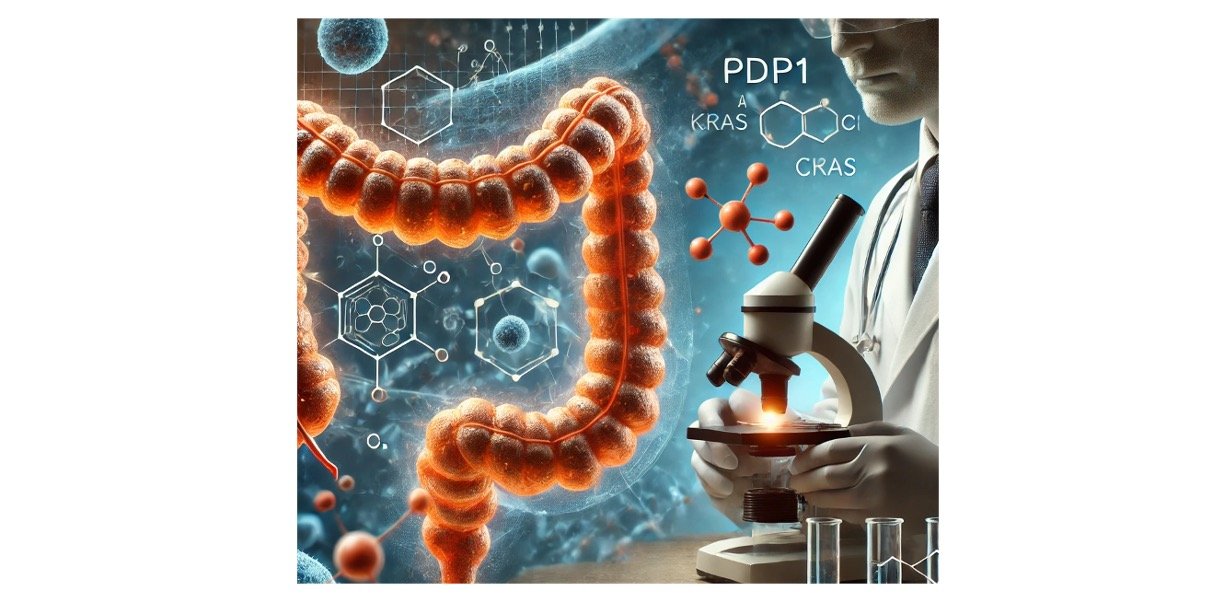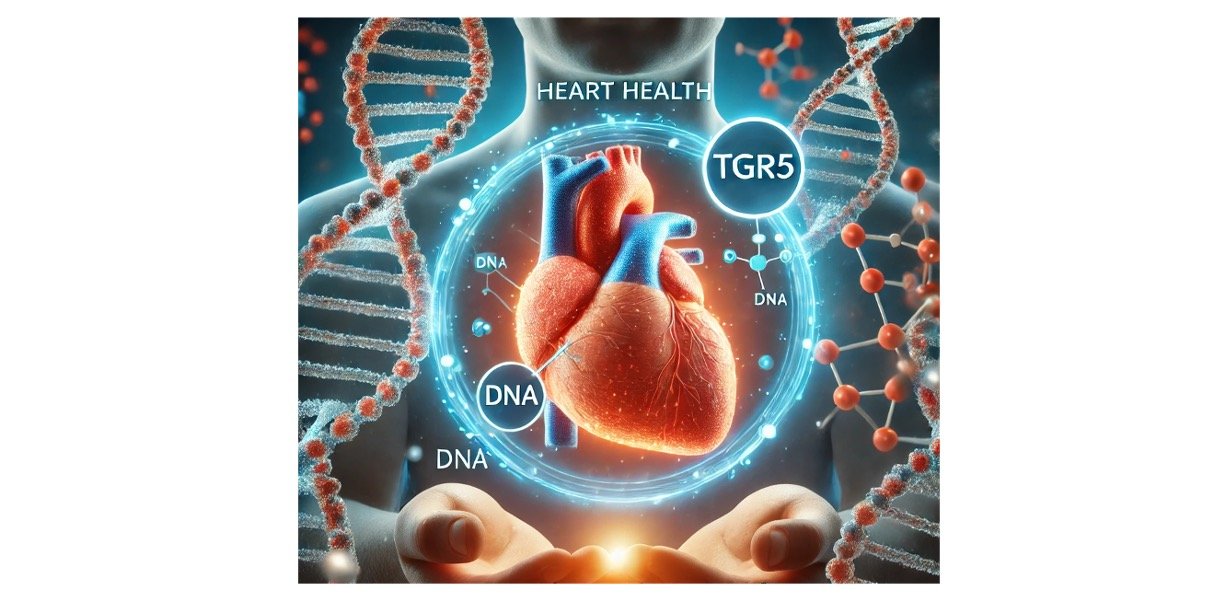Table of Contents
What is Starch?
A polysaccharide carbohydrate (C6H10O5) is a kind of carbohydrate that is predominantly found in seeds, bulbs, and tubers and is made up of a high number of glucose molecules linked together by glycosidic linkages.
Starch is a polysaccharide carbohydrate that falls within the polysaccharide carbohydrate group. Carbohydrates are organic molecules with a 1:2:1 ratio of carbon, hydrogen, and oxygen. They are a kind of biomolecule that belongs to one of the most significant categories. They are divided into two categories as nutrients: simple carbs and complex carbs. Simple carbohydrates, sometimes known as sugar, are made up of one or two saccharide residues. They’re easy to digest and provide a quick supply of energy.
Complex carbohydrates demand longer to digest and metabolise than simple carbohydrates (such as cellulose, starch, chitin, and glycogen). They are frequently abundant in fibre and, unlike simple carbs, are less prone to inducing blood sugar increases. Because glycogen is used before fat, it is stored in the liver for rapid access to energy.
Starch History
As far back as 100,000 years ago, starch was recognised and used. It is thought to be used in the production of foods such as bread and porridge. Stone tools unearthed in ancient caverns support this hypothesis. The tools were most likely used to scrape and crush wild sorghum starch grains. The incorporation of starch into the prehistoric diet of early people in the African savannahs and forests enhanced nutrition quality, according to experts.
The transformation of grains into a staple signalled a shift in prehistoric nutrition and is thought to have been a pivotal point in human development. The term starch might be derived from the Old English stearc (“sharp, strong, rough”), which could have a Germanic origin, i.e., starch, which means “strong.”
Starch Characteristic
A starch is a polysaccharide composed of a high number of glucose molecules linked by glycosidic linkages. It’s a powder that’s white, odourless, and tasteless. It has a molar mass that varies. It is not dissolved by alcohol or cold water. (C6H10O5) n is its chemical formula.
A pure starch is made up of two types of molecules: amylose and amylopectin. The two polysaccharides made up of glucose residues are amylose and amylopectin. Amylopectin is a branched-chain of glucose molecules linked linearly by-(1,4) glycosidic links and-(1,6) bonds at intervals of 24 to 30 glucose subunits, whereas amylose is a linear chain of glucose molecules connected by-(1,4) glycosidic bonds.
Because starch is a polysaccharide that is mostly made up of D-glucose, it is classified as a-glucan. Amylopectin is a kind of amylopectin that is more water soluble and digestive than amylose. The numerous terminals that may make hydrogen bonds with water contribute to its solubility. Amylopectin makes up 75-80 percent of the starch, whereas amylose makes up 20-25 percent.
Starch and Dehydration Synthesis
Dehydration synthesis refers to the chemical process of connecting monosaccharide units that results in the release of water as a by-product. Dehydration synthesis produces starch. Glucose that isn’t used as starch is stored by plants. Glucose is first phosphorylated to become glucose-1-phosphate. Amyloplasts, which are found inside the cells of many plant organs, contain starch granules. Fruits, seeds, tubers, and rhizomes all contain starch granules. Plants that store inulin (a fructan) instead of starch include daisies, sunflowers, and Jerusalem artichokes.
Starch Degradation
Starch breakdown happens spontaneously in plants at night. The starch is phosphorylated by the enzyme glucan water dikinase, specifically at C-6 of one of the glucose residues. The glucose residue is then phosphorylated at C-3 by another enzyme (phosphoglucan water dikinase). Degrading enzymes can now operate on starch to release simple sugars after phosphorylation. Beta-amylase, for example, releases two glucose residues as maltose. The disproportionating enzyme-1 is another degrading enzyme that liberates the glucose molecule at the end of the breakdown process.
Maltose and a tiny quantity of glucose are produced when starch is broken down. These simple sugars will subsequently be transported from the plastid to the cytosol by transporters such as the maltose transporter and the plastidic glucose translocater. Later, they might be utilised as a substrate for the production of sucrose, which is required for the mitochondrial oxidative pentose pathway, which produces ATP at night.
Starch Hydrolysis
The process of turning a polysaccharide, such as starch, into simple sugar components is known as hydrolysis. Saccharification is the term for the process of turning polysaccharides into monosaccharides. Complex carbohydrates like starch are digested by a sequence of enzyme processes in humans. Salivary amylase, pancreatic amylase, and maltase are the enzymes in question.
Starch is digested and converted to maltose by salivary amylase. The pancreas secretes pancreatic fluids, which include pancreatic amylase, when partly digested carbohydrates reach the small intestine. This enzyme works by breaking down partly digested carbs into simple sugars.
Digestive enzymes such as isomaltase, maltase, sucrase, and lactase are released at the brush boundary of the small intestine. Isomaltase converts alpha-limit dextrin to maltose by digesting polysaccharides at the alpha 1-6 links. Maltose (a disaccharide) is broken down into two glucose units by maltose. Sucrase and lactase are enzymes that break down sucrose and lactose into monosaccharide components.
At the brush boundary of the small intestine, epithelial cells (enterocytes) absorb monosaccharides and subsequently release them into the capillaries. The simple sugars are subsequently transferred from the circulation to the cells of other organs, particularly the liver. The body may be able to use glucose in the blood to create ATP. Otherwise, it is taken to the liver, where it is stored as glycogen alongside galactose and fructose (which are mostly converted to glucose).
Resistant Starch
Resistant starch is a kind of starch that does not break down in the human small intestine. It also has a lot of fibre. Instead, the colonic bacteria metabolises it in the large intestine. Microbes in the colon ferment it, producing gases and short-chain fatty acids as metabolic by-products. Short-chain fatty acids, in particular, are absorbed by the human body and have health advantages. The development of beneficial bacteria is also aided by the fermentation of resistant starch.
Plant Starch vs Animal Starch
Animal starch is not a starch in the traditional sense. Because of the structural and chemical similarities between amylopectin and glycogen, it is used to refer to a component of the animal’s glycogen. Animals store extra glucose in the form of glycogen, whereas plants store it in the form of starch.
Glycogen is a branching polymer of glucose generated mostly in liver and muscle cells that serves as a secondary long-term energy store in animal cells. Glycogen is a complex carbohydrate similar to starch that is largely used as a storage carbohydrate. The distinction between plant and animal amylopectin is that animal amylopectin has more widespread branching every 8 to 12 glucose units.
Biological Importance of Starch
Amylose and amylopectin, two types of starch, may be present in all plant seeds and tubers. Starch is used by plants to store surplus glucose and, as a result, starch is also used as food by mitochondrial oxidative phosphorylation at night or when photosynthesis is improbable.
Plants store surplus starch in amyloplasts, which are leucoplasts that predominantly store starch granules by polymerizing glucose and translating these reserves back into simpler sugars when light is insufficient (e.g., maltose and glucose).
Chloroplasts, pigmented organelles that are largely engaged in photosynthesis, may also store starch. Animals don’t really store excess glucose as starch; instead, they store it as glycogen. Certain animals, on the other hand, ingest meals that are high in starch. Many staple foods, including maize, rice, wheat, potatoes, cassava, barley, rye, taro, and yams, include dietary starch.
It may also be found in cereals, noodles, pancakes, bread, and pasta, among other foods. Per gramme of starch, there are around 4.2 kilocalories. Starch may be a key source of glucose in humans. Glucose is required for general metabolism, including glycolysis (energy production), glycogenesis (glycogen synthesis), and the pentose phosphate cycle (for pentoses and NADPH syntheses for use in nucleic acid synthesis and lipid synthesis, respectively).
Papermaking, as a food, for stiffening linen in laundries, in making a paste, in the printing industry, in hydrogen production, and so on are only a few of the commercial uses for starch.
Starch and Health Risk
Too much starch in the diet has been linked to tooth decay, obesity, and diabetes. After a meal, starch (particularly cooked and processed meals) can cause blood glucose levels to rise. As a result, it’s best to consume starch in moderation. Celiac illness and congenital sucrase-isomaltase deficiency may necessitate the avoidance of starchy foods.
Starch Citations
Share












